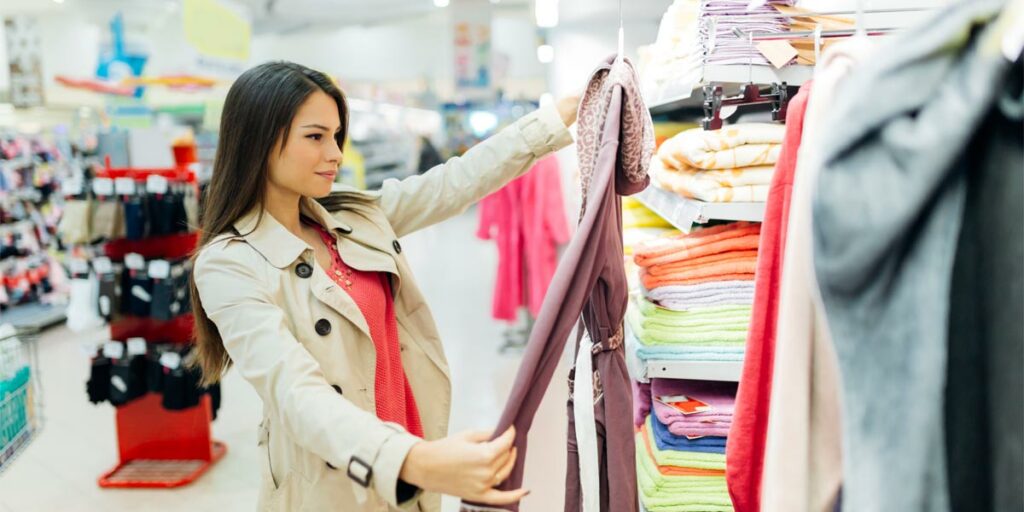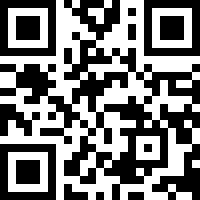In the 2019 fiscal year, the U.S. Customs and Border Protection seized 27,599 shipments of intellectual property-infringing goods. The retail value of the counterfeit goods was $1.5 billion, implying that the seized goods would be worth that much if sold legally.[1] Be aware of the different ways to spot fake goods while traveling and don’t let counterfeit goods ruin your well-earned vacation. Some products are easy to spot on social media, while others are more difficult to identify. There are several signs to look for when buying counterfeit products, including poor packaging and spelling errors. You can locate counterfeit products by looking for these signs on their labels and packaging. Here are some of the tips to avoid fake goods when traveling.
Protect your personal information
When purchasing worldwide, look for trusted suppliers with easily recognizable privacy and security protection measures and reasonable return policies. In an online and mobile world, guarding your personal and professional information is no different than protecting your property and vehicles. Security precautions can vary from as simple as locking the doors to as complex as controlling and security systems. In addition, you need to be aware that fraudulent websites commonly automatically install malware that can hack your credit card data and other information stored on your computer.
Beware of the low prices
In addition to spelling errors, counterfeit goods are often cheaper than usual, and the packaging may be unprofessional or even missing. You may have noticed the low prices on some websites, but they are not necessarily the real thing. It may even be impossible to tell if a product is genuine by its price or if it does not work as advertised. If the product is cheap, you’ve bought a bogus item. You can also avoid buying products if you want to avoid wasting money.
Firmly insist on secure transactions
Make sure your fees are paid via websites that start with https:// (the “s” stands for secure) and look for a lock symbol at the bottom of your browser.
Look closely at the packaging and spelling errors
Another sign of a fake product is spelling errors. Look for these spelling errors when traveling. These are common in sneakers, handbags, and more. If you notice a mistake in the spelling, it is likely a fake. In the same way, look for missing or incorrect numbers or letters. Then, look for similar products with the same design. If the labels have spelling errors, that is another big sign. Check out the spelling and grammar, as well as the size and shape of the product. You might be dealing with a counterfeit if these don’t match your expectations.
Pay attention to details or product descriptions
The best way to spot counterfeit goods is to pay close attention to their details. They may not have images of the packaging or labels or may lack information such as the country of manufacture. They may also be missing product descriptions. Check product descriptions carefully, particularly if you’re unaware of the seller. Often, they will be sold at a substantial discount or come from a country where counterfeit products are produced. It’s vital to look for these signs.
Avoid unfamiliar products
It is advisable to avoid buying counterfeit products, especially in foreign countries. They may not only be unsafe but can also cause health problems, mainly if you have recently purchased a product, you were unfamiliar with. As a precautionary measure, you should search for products on social media that are legitimate and sold by authentic retailers. For example, some social media sites feature photos of fake items but are fake.
Be meticulously look at some features
Alternatively, you may have noticed that the product is similar to the authentic one, but it is far from the quality you’d expect. When traveling, look out for these common signs of counterfeit products: They may not look like genuine products but may be a sign of fake goods. The packaging may be cheap and poorly made of cardboard or plastic. The product might also have missing or incorrectly sized logos, so be wary and avoid buying anything that does not look genuine. Regardless of the packaging, you should be able to identify counterfeit goods by looking at the price, color, and size.
Be sure to check reviews, seller’s information, or details
Before making your purchase, make sure to check the seller’s location. If you are traveling in an area that doesn’t have a customs office, you may want to check whether the seller is located there or elsewhere. It’s also good to read reviews and check out seller profiles to avoid buying fake products. In addition, some marketplaces have a section for sellers to list their products. Again, reading reviews and seller profiles is an excellent way to avoid falling for counterfeit products.
Only use reputable websites
Do not make payments to any website unless you are knowledgeable of it. For instance, payment services with advanced capabilities, like Pay Tabs, will help stop your financial data from falling into the wrong hands. It is an effective way to defend yourself from malicious websites and online scammers. In addition, it has innovative security features guarantee that your personal or financial information is safe and secure, with no risk of leakage.
Report fake goods
You can file a report with the National Intellectual Property Rights Coordination Center if you highly doubt someone is offering or selling counterfeit goods. The U.S. Consumer Product Safety Commission is another federal agency investigating fake goods reports.
Takeaway
When in doubt, buy from a reputable national retailer. If you must purchase something from a third-party marketplace, read user reviews and return policies first. Be especially cautious of small companies advertising on social media. Please pass on these tips! Inform your family, friends, and coworkers about fake goods. I hope these 10 tips to avoid counterfeit goods when traveling helps you.
References:
- Richter, F. (2020, February 11). Infographic: U.S. Customs Seized Counterfeit Goods Worth $1.5 Billion in 2019. Statista Infographics; www.statista.com. Accessed July 4, 2022, at https://www.statista.com/chart/20787/value-of-shipments-seized-at-the-us-border-for-intellectual-property-right-violations/


